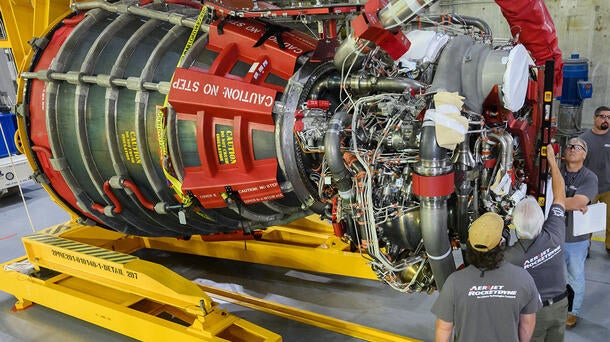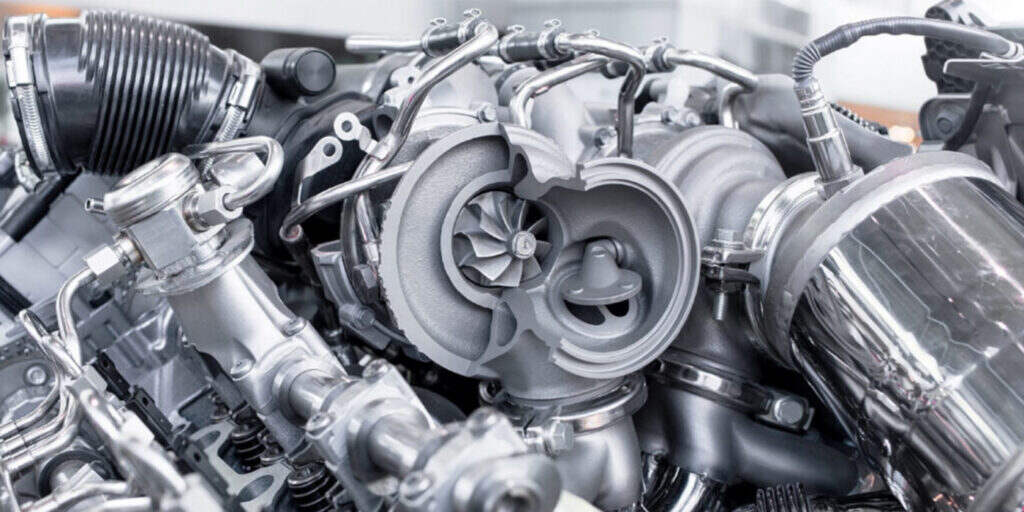Check Out Engines for Africa at Our Comprehensive Auto Parts Shop
Check Out Engines for Africa at Our Comprehensive Auto Parts Shop
Blog Article
The Pursuit for Ultimate Driving Power: Examining the Peak of Engine Performance and Technological Advancements in the Automotive Industry
In the world of automotive design, the quest of optimum driving power has been an unrelenting mission that has actually unfolded via the advancement of engine design and the combination of innovative technologies. From the precise craftsmanship of burning engines to the quick developments in electrical propulsion systems, the vehicle field stands at the cusp of a brand-new age characterized by unmatched performance capabilities. As researchers and designers delve deeper right into the realms of computational fluid dynamics and check out cutting-edge gas technologies, the perspective of possibilities expands significantly. Stay tuned as we untangle the complex tapestry of technological innovations that are shaping the future of vehicle power and performance.
Evolution of Engine Style

Furthermore, the combination of turbocharging and supercharging modern technologies has reinvented engine layout by increasing power without dramatically enhancing engine dimension. These forced induction systems compress the intake air, permitting even more fuel to be combusted, consequently creating greater power outcome from a smaller sized engine. This development has actually been especially crucial in improving the performance of smaller sized variation engines while keeping gas performance standards.

Performance-Enhancing Gas Technologies
The implementation of advanced fuel technologies has actually considerably added to boosting engine performance in modern lorries. From traditional gasoline and diesel to ingenious biofuels, synthetic fuels, and hydrogen, the automobile field is seeing a transformation in fuel options. Biofuels, derived from renewable resources like sugarcane, algae, or corn, deal minimized exhausts and improved engine performance. Synthetic gas, created through chemical processes, provide high octane ratings, enhancing power output. Hydrogen fuel cells, although still in the beginning of adoption, reveal excellent guarantee due to their zero-emission nature and capacity for high efficiency. Furthermore, fuel ingredients and detergents are being developed to clean engine components, maximize burning, and minimize friction, therefore enhancing total car efficiency. With recurring research study and development, the quest for the supreme driving power continues, as designers strive to unlock the full potential of performance-enhancing fuel innovations in the automobile industry.
Improvements in Electric Propulsion
Substantial strides in electric propulsion innovation have actually changed the auto industry, leading the way for a brand-new period of sustainable and reliable transportation. Electric lorries (EVs) are acquiring popularity due to their environmental benefits and advancements in battery innovation, enabling longer driving ranges and much shorter billing times. Producers are spending greatly in research and advancement to improve the performance of electric propulsion systems, concentrating on raising power output, enhancing energy effectiveness, and reducing general weight.
One significant advancement in electrical propulsion is the growth of innovative electrical motors that supply greater torque and power density, redirected here causing improved acceleration and general driving efficiency. Additionally, regenerative stopping systems have actually been improved to keep and record energy during deceleration, further enhancing the effectiveness of EVs.
Additionally, the combination of clever innovations, such as man-made intelligence and anticipating analytics, is optimizing the administration of electrical propulsion systems, making sure optimum performance under numerous driving conditions. These developments in electrical propulsion are reshaping the automotive landscape, driving the industry towards a much more sustainable and electrified future.
Effect of Computational Liquid Characteristics
With advancements in electric propulsion pushing the limits of vehicle technology, the integration of Computational Fluid Characteristics is playing a crucial function in optimizing aerodynamic performance and improving overall effectiveness in car design. Computational Liquid Dynamics (CFD) involves using computer system simulations to evaluate the circulation of air around an automobile, enabling engineers to forecast just how design modifications will impact aerodynamics without the requirement for costly physical models. By properly modeling airflow patterns, CFD permits the improvement of automobile forms to decrease drag, improve air conditioning, and enhance security.
One trick advantage of utilizing CFD in lorry layout is the capacity to iterate swiftly, checking out numerous layout variations to recognize the most aerodynamically reliable solutions. This iterative procedure causes vehicles that are not only sleeker and extra visually attractive yet likewise much more eco friendly and fuel-efficient. Moreover, CFD allows designers to enhance airflow around components such as radiators, engine bays, and wheel wells, adding to improved performance and general driving experience. In verdict, the assimilation of Computational Liquid Dynamics represents a significant progression in the mission for ultimate driving power and efficiency in the auto market.
Future Fads in Engine Development
In the dynamic landscape of vehicle design, innovative improvements are forming the future trajectory of engine innovation. The future of engine design is marked by a solid focus on efficiency, sustainability, and efficiency. Manufacturers are significantly concentrating on establishing engines that not only supply high power results but also prioritize ecological responsibility by lowering exhausts and boosting gas performance.
One noticeable pattern in engine development is the increase of electrification. Crossbreed and electric powertrains are gaining grip as sensible choices to typical combustion engines. These modern technologies offer the possibility for significant reductions in carbon emissions and boosted power efficiency, lining up with worldwide initiatives to combat climate adjustment.
Additionally, innovations in products scientific research and manufacturing techniques are allowing the manufacturing of lighter and more long lasting engine elements. This shift in the direction of light-weight materials such as carbon fiber and light weight aluminum alloys adds to boosted efficiency and fuel economy.
Conclusion
In final thought, the search of utmost driving power in the auto market remains to drive improvements in engine design, fuel innovations, electrical propulsion, and computational fluid dynamics. The advancement of these innovations is great site forming the future of engine technology, leading the way for extra efficient and powerful automobiles (engines for africa). As the industry proceeds to push the borders of what is feasible, we can anticipate to see a lot more revolutionary growths in the mission for peak efficiency
One of the crucial milestones in engine style development is the transition from typical carbureted engines to modern-day fuel-injected systems. By exactly metering the fuel delivery to each cylinder, fuel-injected engines maximize combustion, resulting in better performance and minimized ecological influence.
Moreover, the assimilation click resources of turbocharging and supercharging technologies has actually revolutionized engine layout by boosting power without substantially increasing engine size (engines for africa).The execution of innovative gas innovations has dramatically contributed to improving engine efficiency in modern cars. In addition, fuel additives and cleaning agents are being formulated to tidy engine parts, enhance combustion, and lower rubbing, thus boosting general car efficiency
Report this page